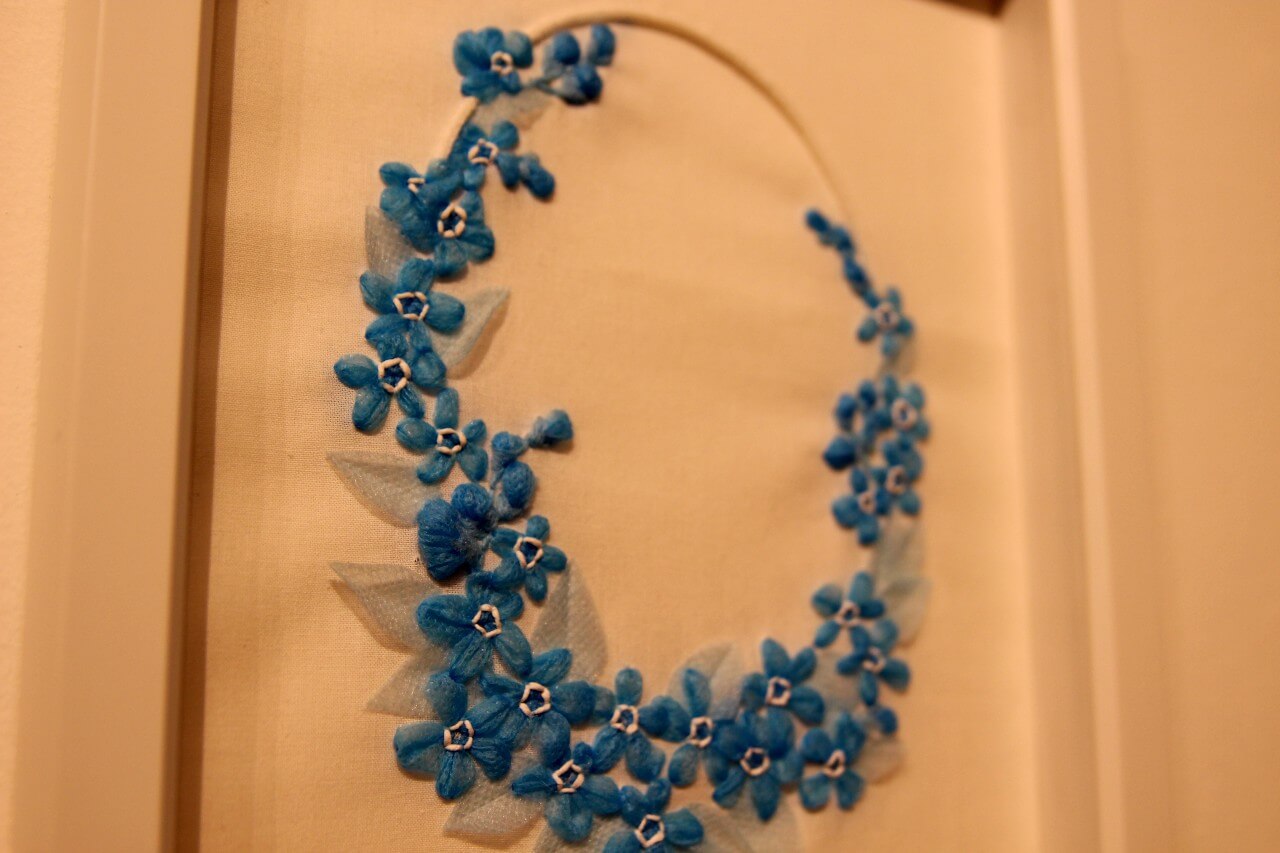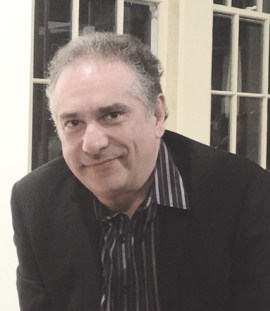The coronavirus pandemic undoubtedly devastated New York City’s arts and entertainment sector with many venues, including Broadway theaters and art galleries, remaining shuttered for more than a year. However, the arts are slowly coming back to life thanks to COVID-19 restrictions continuing to be lifted across the state and city.
Eighteen artists from TI Art Studios (located in the Treasure Island Storage building in Red Hook) were able to present their first art show – “20202021” – at their studio space in more than a year. The exhibition, which ran from June 5 to 30, featured various media from artists Julia Whitney Barnes, Jon Bunge, Marsha Clark-Lind, Katherine Forst, Spring Hofeldt, Katherine Keltner, Brian Kenny, Katerina Lanfranco, Janice McDonnell, Elizabeth Meggs, Spencer Merolla, Elise Putnam, Mike Sorgatz, Syma, Traci Talasco, Linda Tharp, Vincent Tsao, and Ward Yoshimoto.
[slideshow_deploy id=’13613′]
Holding a show, according to the group, stemmed back to their weekly Zoom calls that were meant to share information and help support one another during difficult and troubling times. Those calls began in early April 2020 and even continued on during 2021, including the night of the insurrection at the U.S. Capitol.
“The show is an acknowledgment of all that time together,” said McDonnell, who organized the exhibit. “It is a testament and tribute to resilience, fueled by creativity, humanity, and the warm kindness of community.”
The oil on canvas painting McDonnell submitted for the show was called “JoJo and Friends” from her series, “JoJo Stays Home.” In the witty still-life painting, JoJo the felt owl sits among pieces of butternut squash that are similar in size to her.
“Food was a matter of concern,” McDonnell recalled about the early months of the pandemic. “The grocery stores were scary. There were long lines once you got there and empty shelves oftentimes when you got inside. And deliveries were hard to come by.”
During the pandemic, McDonnell signed up for a weekly delivery of produce and once received copious amounts of squash, apples, and onions. “So, I did what any painter would do – I started painting them,” she said of how the produce soon became props. “The relationship between this playful little creature and the sustenance and safety that the vegetables represented became an important part of the painting.”
“JoJo’s lightness counters the gravity of the lockdown,” she added.
Human figures emerge in the gestural landscape of color of Sorgatz’s expressionistic gouache paintings. Their identities, according to the Carroll Gardens artists, are a mysterious, universal, and timeless image of humanity.
“Early last year, we were all living in such reduced circumstances,” Sorgatz said. “I took that as an opportunity to get this wonderful group of artists together and it opened up the world again.
“So, the concept that kept coming back to me was the idea of voices and how we’ve been on the call,” he continued, “just listening to each other for so long and how nice it was to hear other people’s voices outside of our house.”
Sculptor and installation artist Talasco’s work uses architecture as a social political space to deal with matters such as female identity and power imbalances. The work she created for the Sweet Lorraine Gallery – “99.44% Pure and Other White Lies” – used bars of Ivory soap to form cinder blocks.
“Language and titles are really important in my work, so I started investigating the color white specifically. I was interested in how it has historically become synonymous with things that are good and pure … such as ‘lily white,’ ‘white as snow,’ or even ‘white lies,’” Talasco said. “The title uses Ivory soap’s advertising slogan, and the cinder blocks represent how these harmful ideas have become systemic structures really ingrained within our society.”
Some of the bars were already weathered and discolored when the Red Hook Star-Revue visited the gallery on June 19. “[It’s] a metaphor to symbolize how these hateful and dangerous ideologies will erode and wash away over time and create a hopeful message about a more inclusive, diverse and equitable society,” Talasco said.
Bunge celebrated nature by creating a hanging sculpture made of different curly willow branches that “honor the energy and spiritual harmony of natural forms.” When the lights were on at the gallery, shadows were naturally projected onto the nearby walls. “I find the contrast between the artwork and the shadows to be very striking, and the shadows themselves to be very mysterious. With the flick of a light switch, they are gone,” Bunge explained.
“I’m also very interested in the movement of the sculpture, [which] allows the appearance of the sculpture to keep changing and, of course, causes the shadow to keep moving as well.”
“The sculpture pauses, speeds up and slows down and even reverses direction,” he continued. “In working with the sculpture, itself, the shadows and the movement, I hope to engage the viewer on several levels.”
Bedford-Stuyvesant artist Meggs created a diptych with two interrelated pieces titled “Make Haste Slowly” and “Voice of the People,” which were based loosely on themes of connections and community. Her process began with drawing intuitively and playfully using pencil on paper. Later, she used Adobe Illustrator and Photoshop to refine some of her her shapes and flat color compositions.
“The impulse to be playful was a reaction to all the sadness and trauma of the past year,” Meggs said. “I love working non-representationally because different interpretations are highly possible.”
After months of physical isolation and remote conversations, a physical book – with the same title as the exhibition – was also created to document the unique moment in time experienced by all of the participating artists. Yoshimoto photographed much of the artwork for the book and Meggs wrote the book’s introduction.
“I never would have imagined this show or the book happening back in March – or anything that has happened, actually,” said Sorgatz, who designed the 48-page book. “It’s been an amazing experience in the middle of a horrible time.”
The book can be purchased online via Blurb (https://www.blurb.com/b/10751142-twenty-twenty-twenty-one).
Author
-

George Fiala has worked in radio, newspapers and direct marketing his whole life, except for when he was a vendor at Shea Stadium, pizza and cheesesteak maker in Lancaster, PA, and an occasional comic book dealer. He studied English and drinking in college, international relations at the New School, and in his spare time plays drums and fixes pinball machines.
View all posts
George Fiala has worked in radio, newspapers and direct marketing his whole life, except for when he was a vendor at Shea Stadium, pizza and cheesesteak maker in Lancaster, PA, and an occasional comic book dealer. He studied English and drinking in college, international relations at the New School, and in his spare time plays drums and fixes pinball machines.










